Feel - Good Factor
Sara Deane / The beat beneath my feet
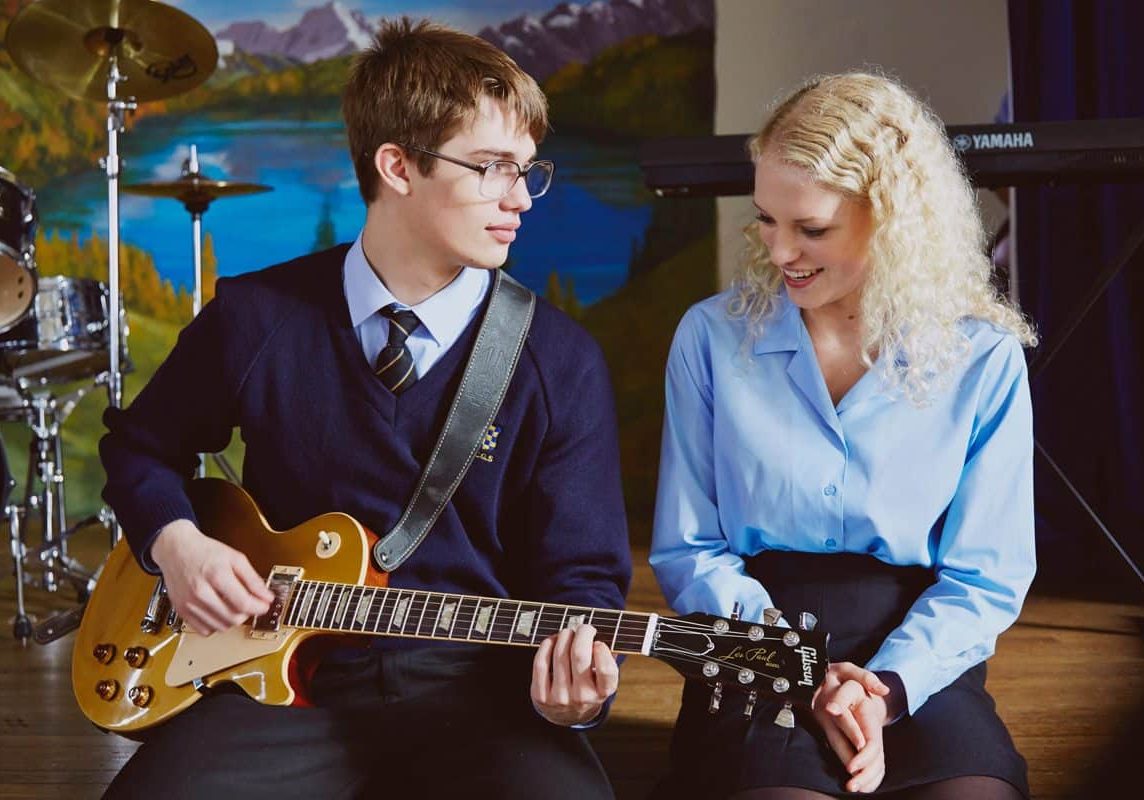
Feel - Good Factor
Sara Deane / The beat beneath my feet
Low-budget filmmaking can come with all kinds of restraints and frustrations for the creatives on a production. Scant crew, stripped-back resources and precious little time. All of which mean, you have to get on and make the best of your situation, in the hope that it will come together on the big screen.
Which is exactly the case for cinematographer Sara Deane, whose nimble-footed, collaborative work on the financially-challenged indie production, The Beat Beneath My Feat, has resulted in a movie of real heart, and earned plaudits at Raindance and Berlin, where it was nominated for a Crystal Bear and listed as one of the festivals’ top ten films by GQ magazine.
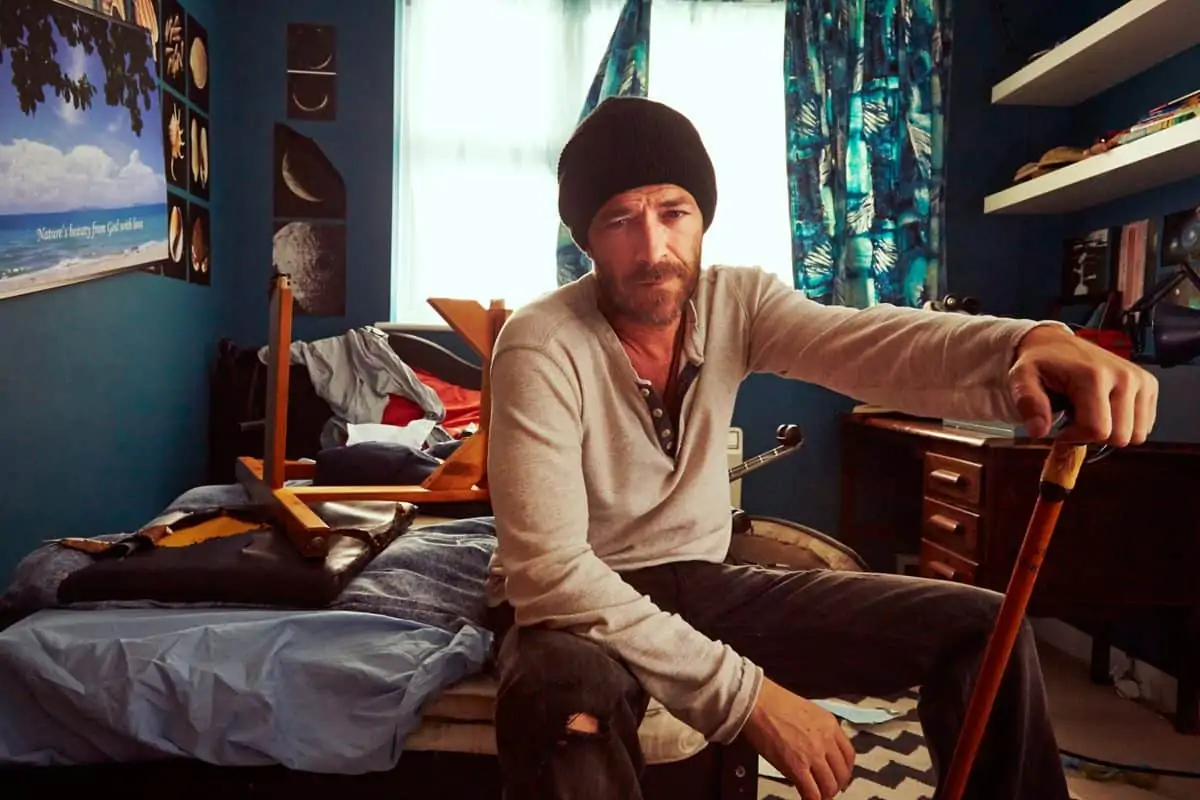
A 2009 graduate of the National Film & Television School, with a multitude of shorts to her name, plus a handful of feature credits, Deane says she leapt at the chance to shoot the production in order to expand her dramatic palette in testing circumstances.
Produced for an estimated budget of less than half a million pounds, The Beat Beneath My Feet follows Tom (played by Nicholas Galitzine), a teenage outsider who harbours dreams of becoming a rock star. Bullied at school, his life takes a dramatic turn when an intimidating stranger moves into the flat below and plays loud music throughout the night. Tom recognises his new neighbour as Max Stone (Luke Perry), a disgraced American guitarist who disappeared years earlier, owing a fortune in unpaid tax, and has been presumed dead. Tom agrees not to reveal Max to the authorities on condition that he teaches him the dark arts of rock guitar. Life then takes on some unexpected twists and turns for them both.
The production marks the directorial movie debut by John Williams, who hails from a background of working in animation and directing music videos for big names such as Radiohead, Coldplay and The Offspring. It features an original soundtrack, performed by Galitzine, with music supervision by veteran producer Tony Visconti.
“I was recommended, and introduced to the director, by my old film-school friend, DP Felix Wiedemann,” says Deane. “I loved the wonderfully-immersive and emotional script. Although I knew there would be limited resources, I really wanted to work on the production as I had not shot this type of rites-of-passage comedy drama before. I wanted it to be naturalistic, but not too kitchen-sink, cleanly-lit and with a bit of a look. I suggested some images from Submarine (DP Erik Wilson), Fish Tank (DP Robbie Ryan BSC), and The Royal Tenebaums (DP Robert D. Yeoman) as suitable references.”
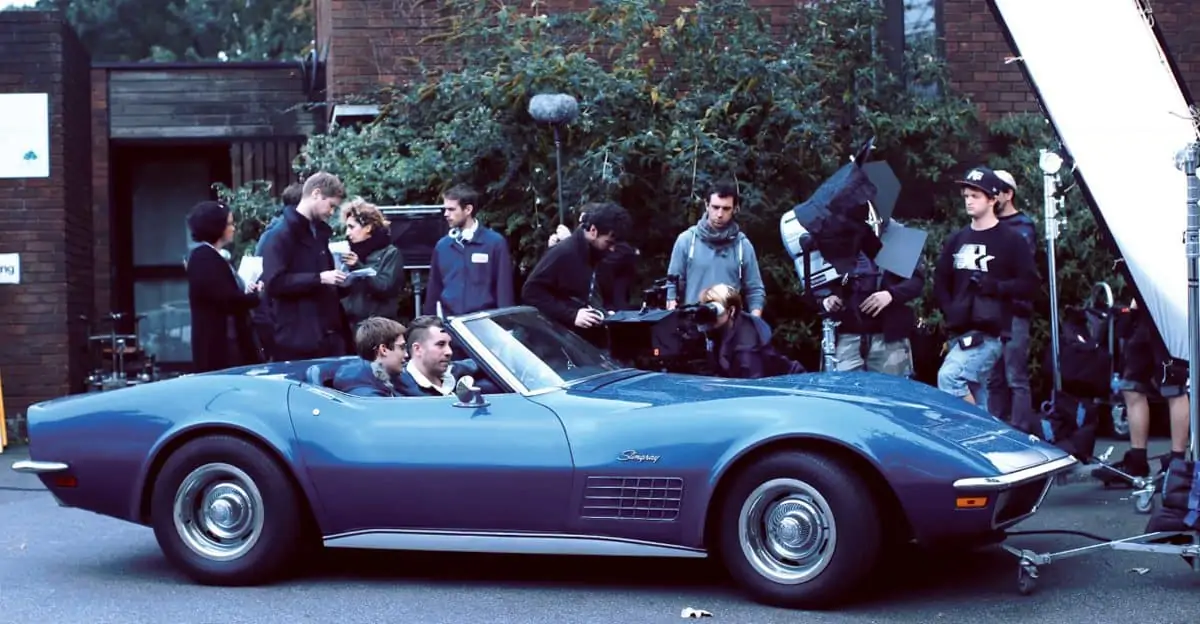
Production took place during October 2013, at suburban locations across Wimbledon, Sutton and Croydon, south London. “I had just two weeks to prep the kit, do the recce’s and plan the shooting schedule, before we went into full production – which lasted for 24 days,” she explains.
Deane’s crew included gaffer Neil Hawkins, grip Fric Lopez Verdeguer, DIT Romek Sudak, focus pullers Adam Conlon, Jason Wingrove and Malte Hubner, plus Steadicam operator Andy Johnson. Due to the restricted finances and schedule, she says there was no chance to pre-light any of the scenes – including the three short, music video-style, fantasy sequences that intersperse the movie – and keeping the limited number of repeat locations visually different presented a significant challenge.
The production shot ProRes on Alexa XT, using a variety of Cooke S4 lenses and an Angenieux zoom, with a 2.39:1 aspect ratio. The lighting and camera equipment was provided by Filmscape Media.
“Due to the budget, there was no way we could have ever shot this production on film, so digital and ProRes digital were always on the cards,” says Deane. “I elected for the widescreen format, as I knew it would lend itself to the story as a whole, and I could compose the image for two people in a close-up, or create an individual’s sense of isolation and contemplative loneliness, as needed.”
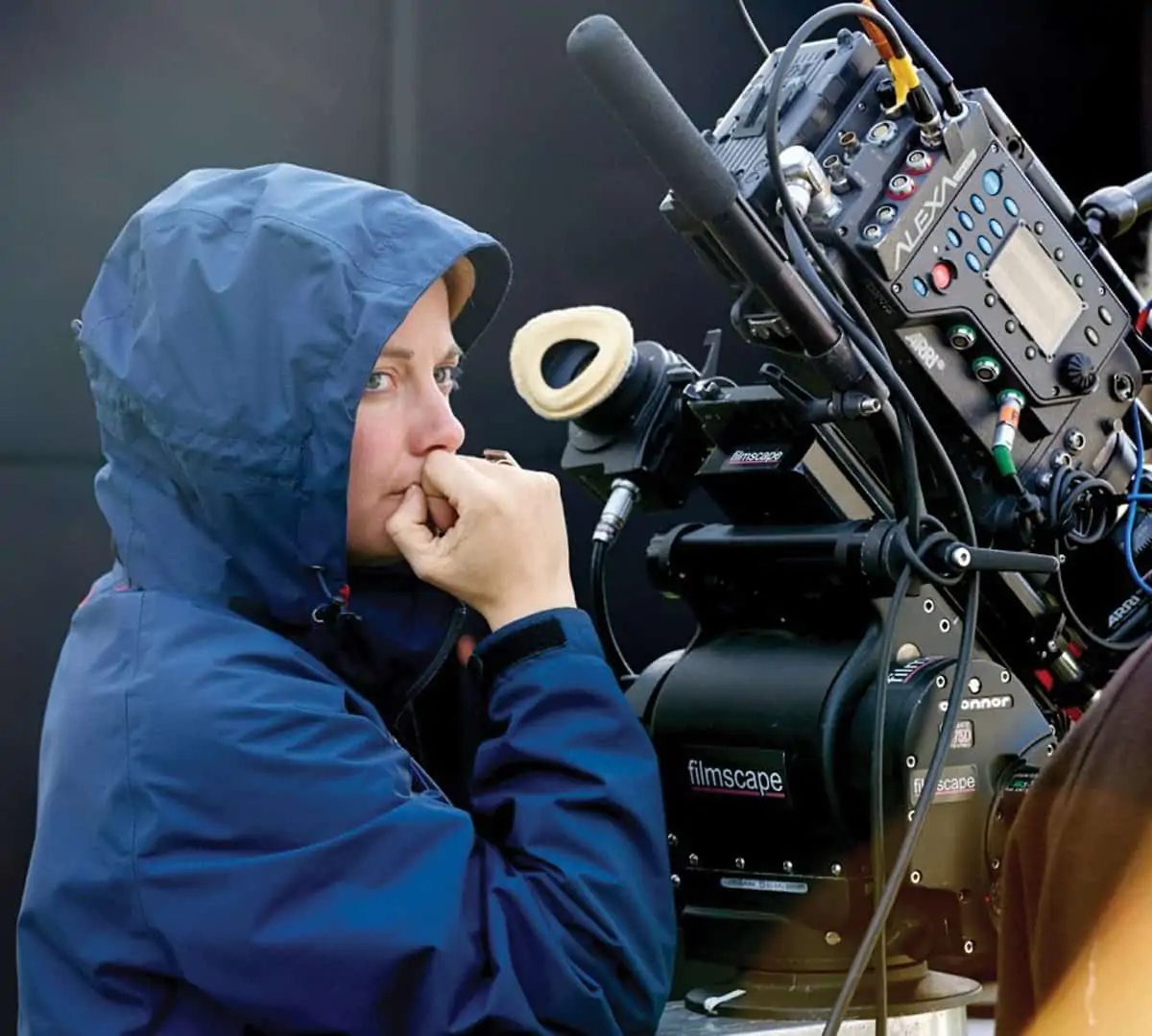
"I had just two weeks to prep the kit, do the recce’s and plan the shooting schedule, before we went into full production – which lasted for 24 days"
- Sara Deane
Deane likes to operate, and shot a mixture of dolly and handheld camera styles to separate the different parts of the story as they frequently took place in the same locations.
“I wanted the look to be soft whilst also bringing an honesty to the visuals and showing a certain innocence in the faces. So we lit very soft and cleanly, using colourless white light from HMIs for day interiors and tungsten for nights. We shot at T2.8 as much as possible throughout production. I frequently used wide lenses to get close-up, to place the characters in their surroundings, and often shot Tom front-on to enhance his frank openness in contrast to Max's brooding shadow. Now and again, I used the zoom on the dolly to inject some fun ‘70s energy into the pictures,” she says.
“It was one of those productions where we all wanted more of a look to the locations, and in some instances, due to location restraints, we had make do with what we had. But the production designer Alison Butler added colour in many locations and the results of those worked out well.”
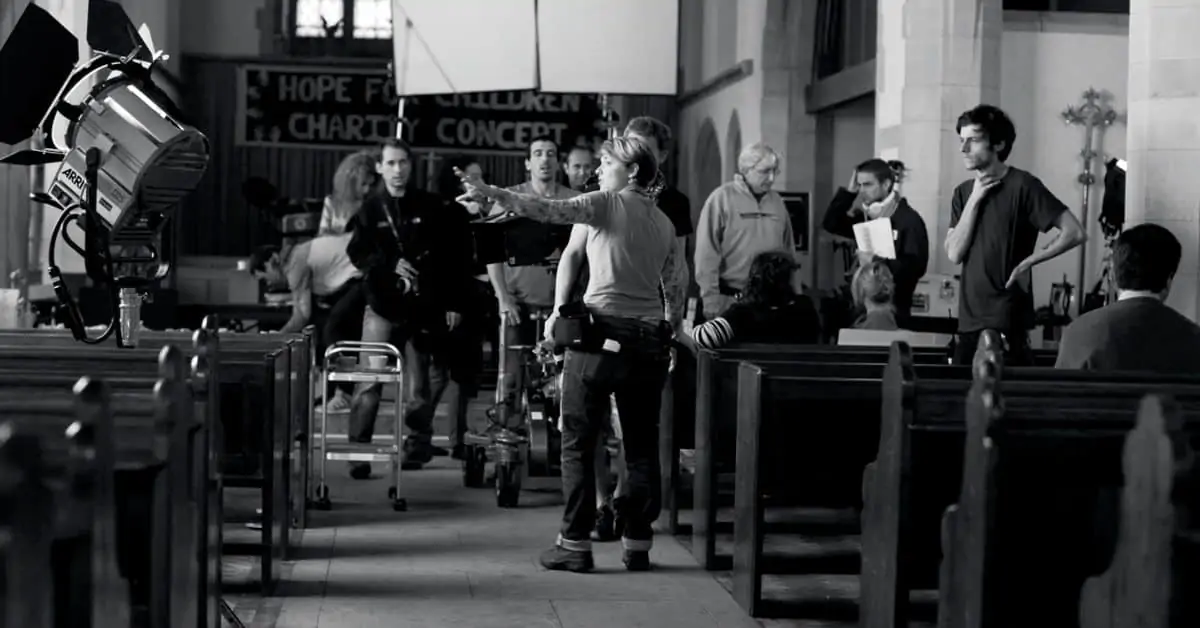
Along with shooting straight live action, Deane was also charged with lensing a trio of stylised music video sequences that Williams developed for the movie. For The Devil Cheated Me, Tom is pictured playing guitar in a car driven by the devil, against a Las Vegas-style backdrop, which Deane shot against greenscreen at Wimbledon Studios using Alexa, with lighting effects to simulate movement. For Girl In A Wardrobe, Deane captured puppeteered paper cut-outs of the characters, around 10cm in height, on a small stage using a BlackMagic cinema camera. Separate live-action greenscreen footage of the characters’ faces was composited over the puppets for the final result. The third music video, for The Dream, features a live-action greenscreen performance overlying an animated background of stills, taken from the movie’s various day and nighttime locations.
“The music videos make an interesting creative juxtaposition against the realism of the story,” she remarks. “We only had a day to shoot each of them, and I enjoyed the challenges of shooting these too.”
Deane completed the DI on the movie with colourist Kevin Horsewood at Prime Focus in Soho. “Perhaps because of the pressures of time and money, the team galvanised and worked well together,” concludes Deane. “All-in-all, the production went according to plan, and it was an enjoyable experience making what has turned-out to be a feel-good British film.”







